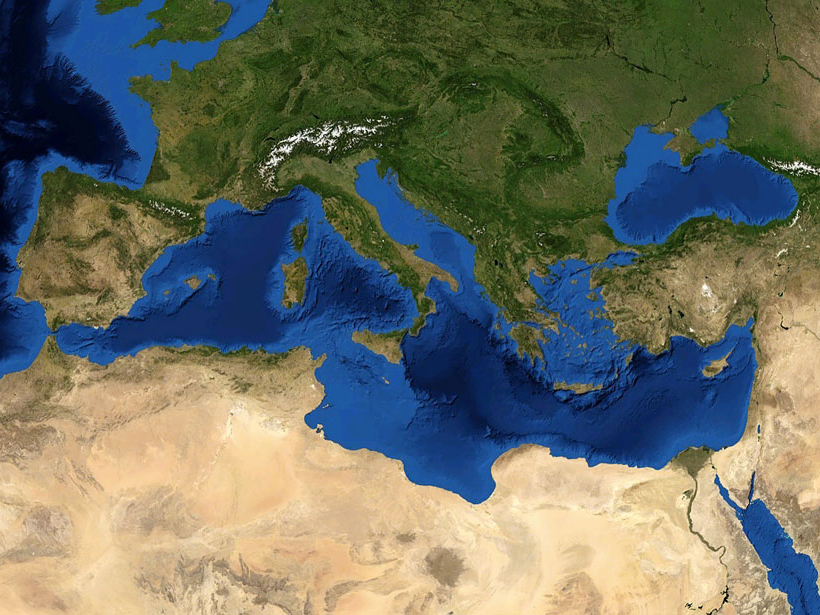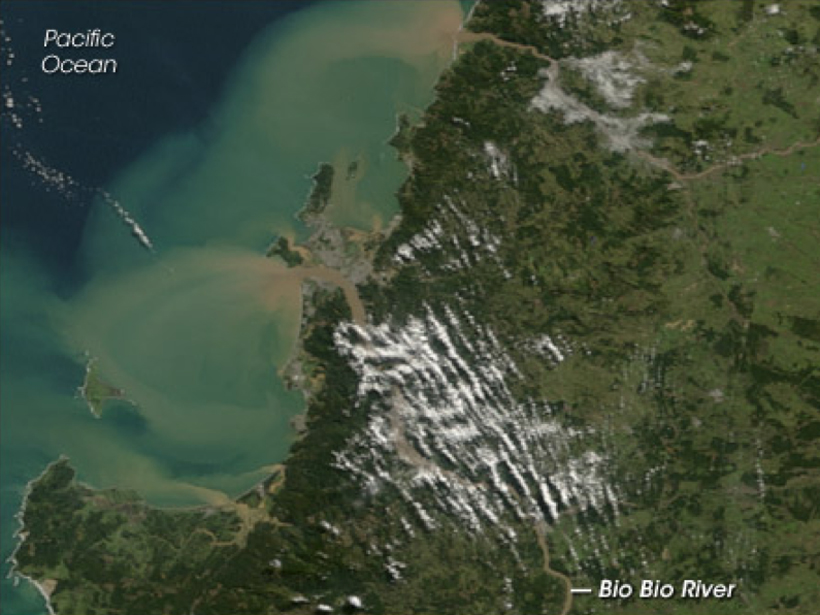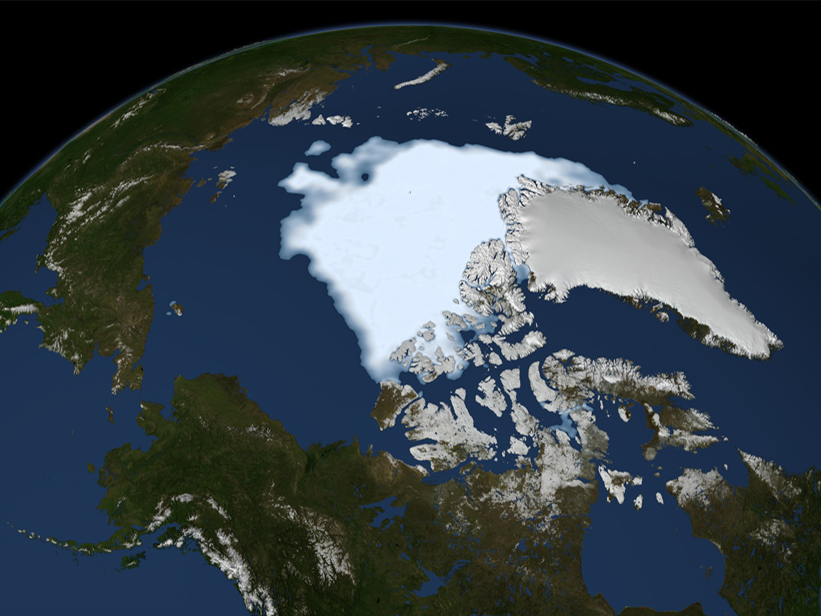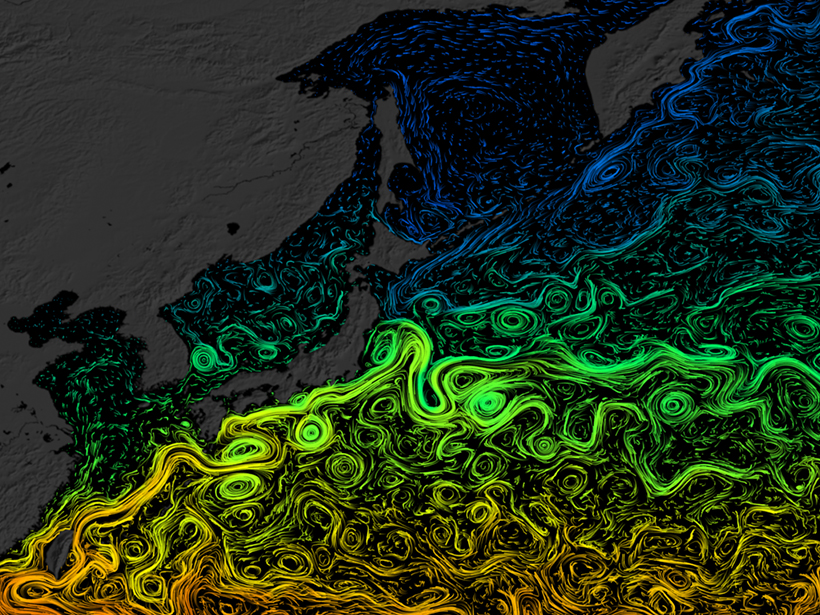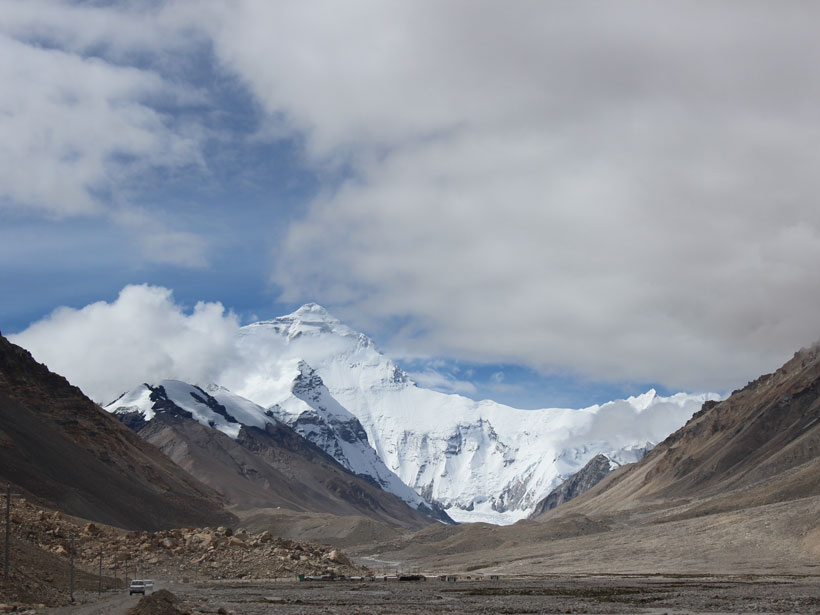Michael Church will receive the 2017 G. K. Gilbert Award in Surface Processes at the 2017 American Geophysical Union Fall Meeting, to be held 11–15 December in New Orleans, La. The award recognizes a scientist who has made “a single significant advance or sustained significant contributions to the field of Earth and planetary surface processes” and “also promoted an environment of unselfish cooperation in research and the inclusion of young scientists into the field.”
sediments
Storms May Have Produced Most Mediterranean “Tsunami” Deposits
A new analysis reveals that nearly all of the region’s sedimentary evidence ascribed to tsunamis, which dates back 4,500 years, corresponds to periods of heightened storminess.
Caribbean Sediment Traced to 1755 Portuguese Quake and Tsunami
Archaeologists digging in Martinique chanced upon the first tsunami deposit from the earthquake found in the New World. The tsunami left a strong trace, it seems, because the wave went up a river.
Tracing Land to Ocean River Transport with Cosmogenic Isotopes
Beryllium stored in marine sediments can help scientists study erosion and other environmental changes.
New Baseline for Understanding Arctic Oxygen and Nutrient Fluxes
Significant spatial and temporal patterns emerge from the first pan-Arctic comparison of oxygen demand in marine sediments.
Sediment Cores Reveal Ocean Current’s Past Life
East Asia’s Black Current may have rerouted in the past 10,000 years or so.
Shifting Winds Write Their History on a New Zealand Lake Bed
A team of scientists finds a year-by-year record of climate history spanning the past 17,000 years at the bottom of a South Island lake.
Diagnosing Cryptic Remagnetization in Sedimentary Rocks
To understand the ancient movement of Earth’s tectonic plates, comprehensive magnetic and petrographic studies are needed to detect secondary magnetization in carbonates and other sedimentary rocks.
How Do Rivers Flow over Bedrock?
A study questions whether the hydraulics of rivers that lack loose sediments along their bottoms can be accurately depicted by standard equations for flow over sediment.
Iceberg Surge During Last Deglaciation May Have Had Two Pulses
Seafloor sediment cores provide new clues that could help clarify the influence of ice sheet collapse on a period of ocean cooling marked by slowed deepwater circulation.

